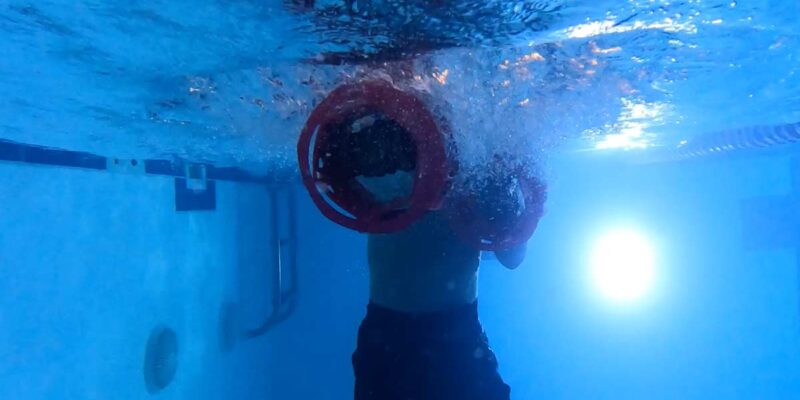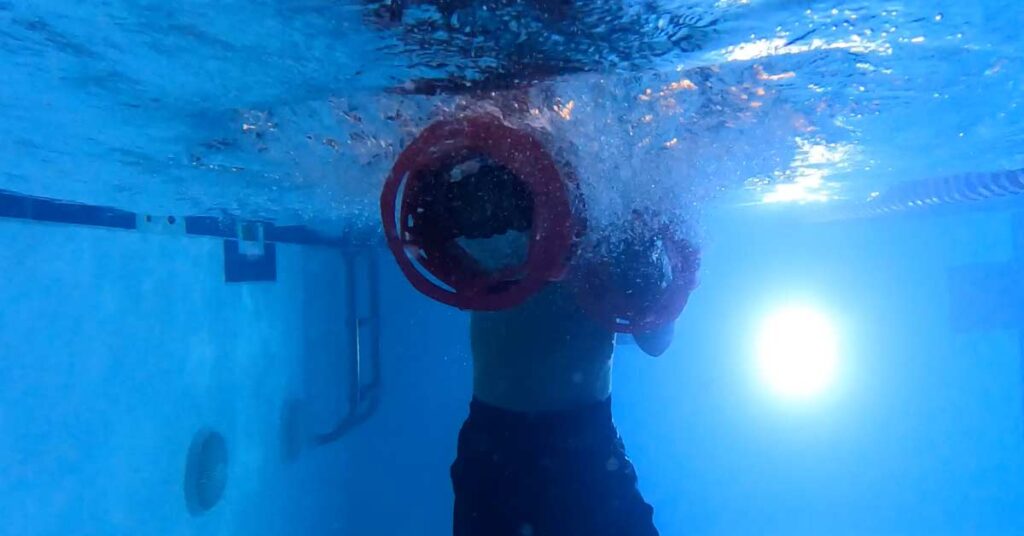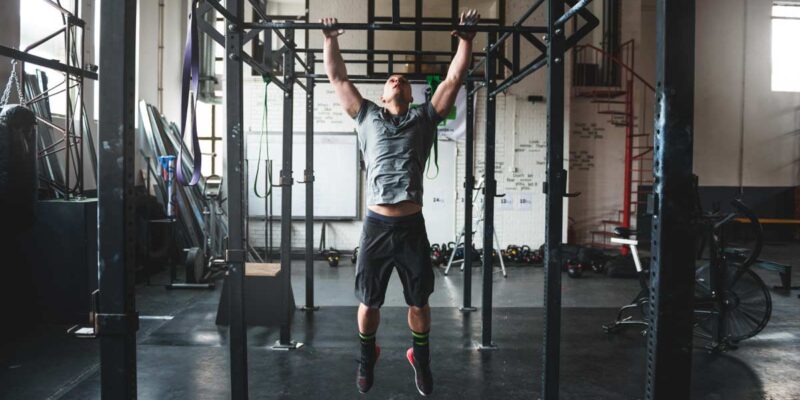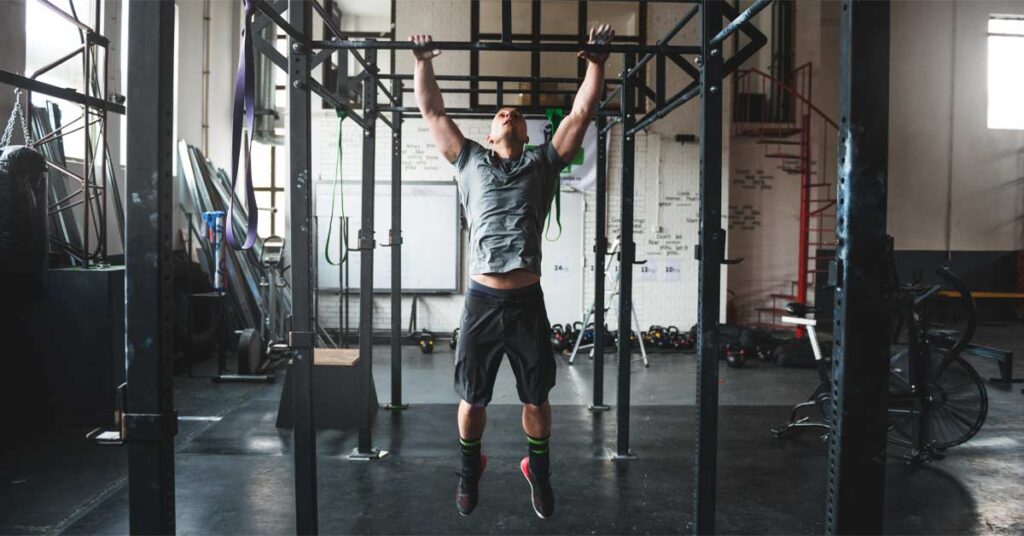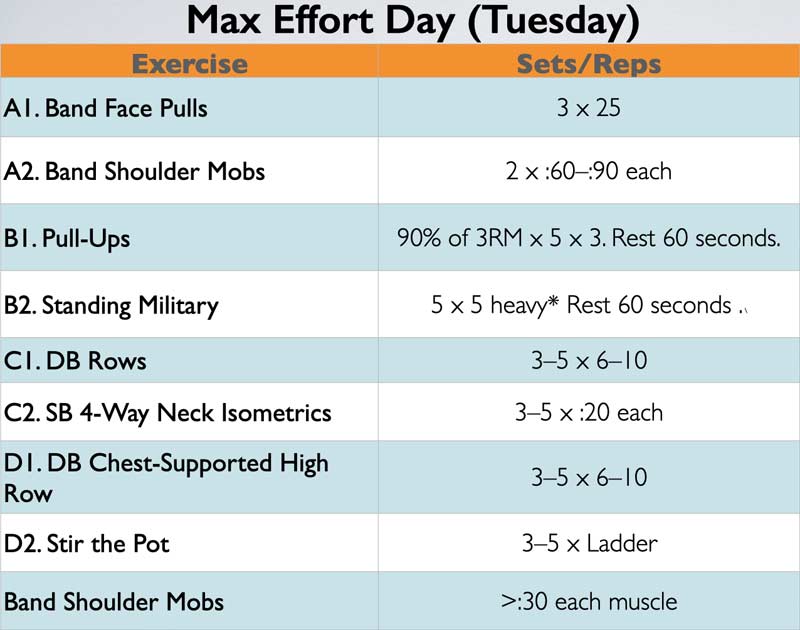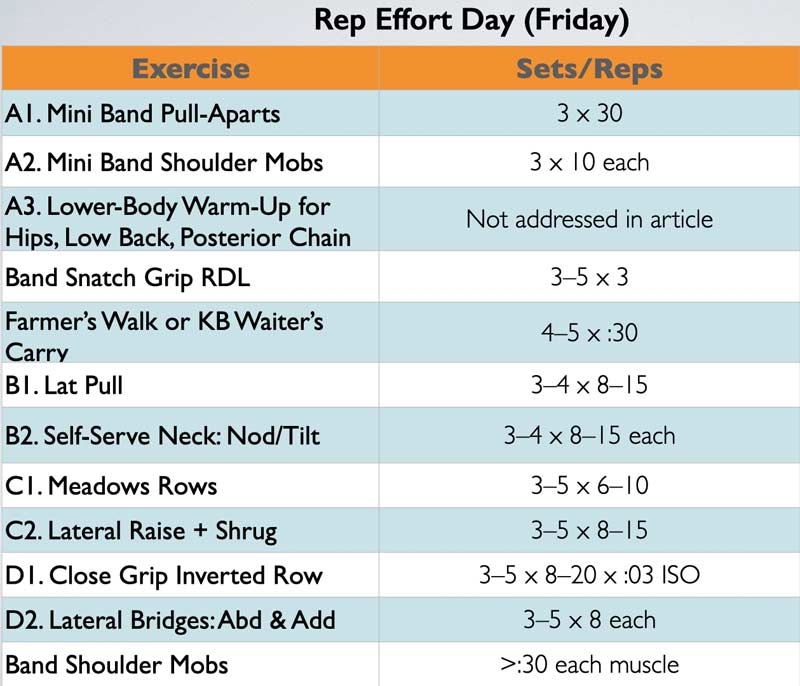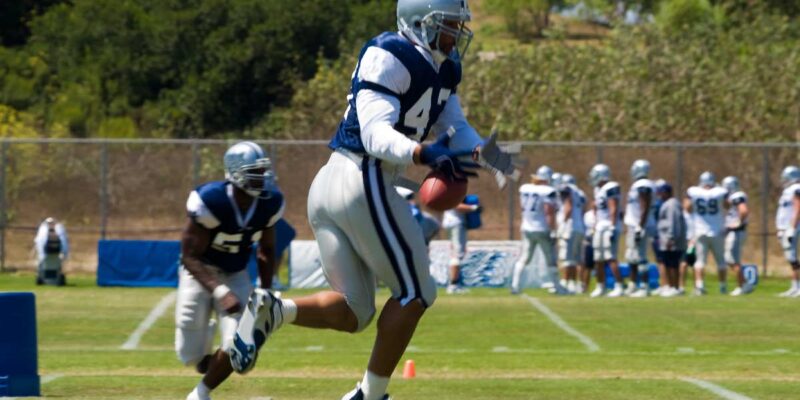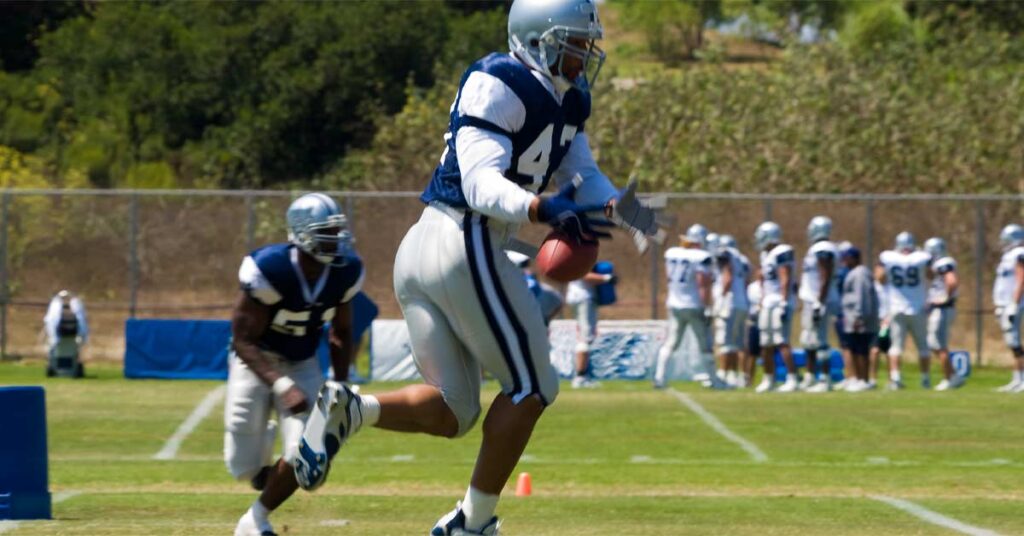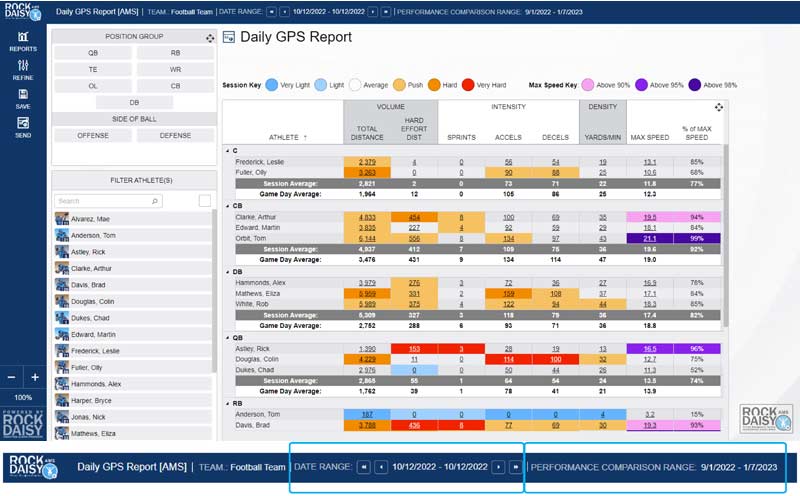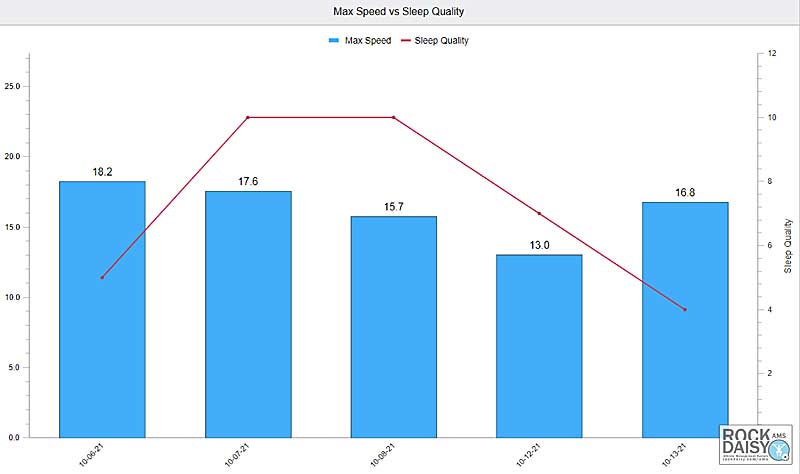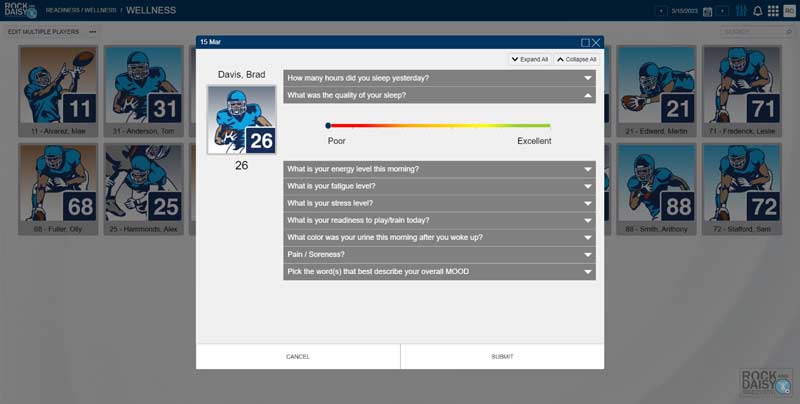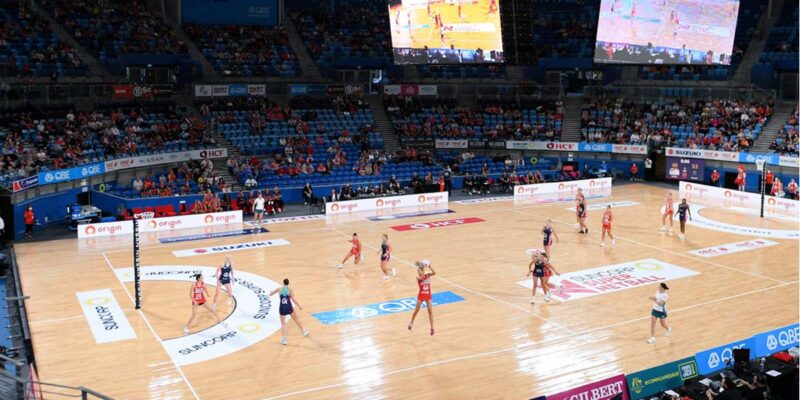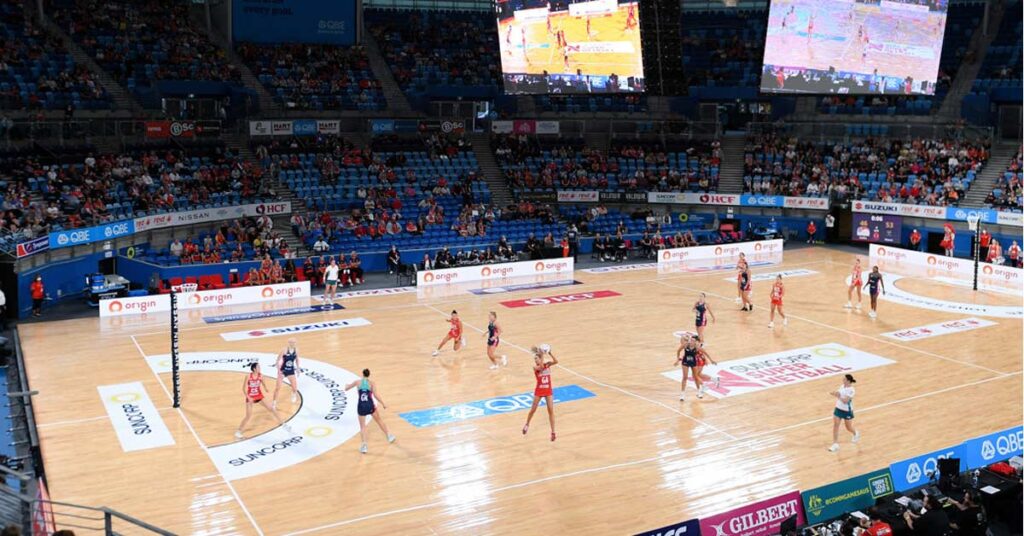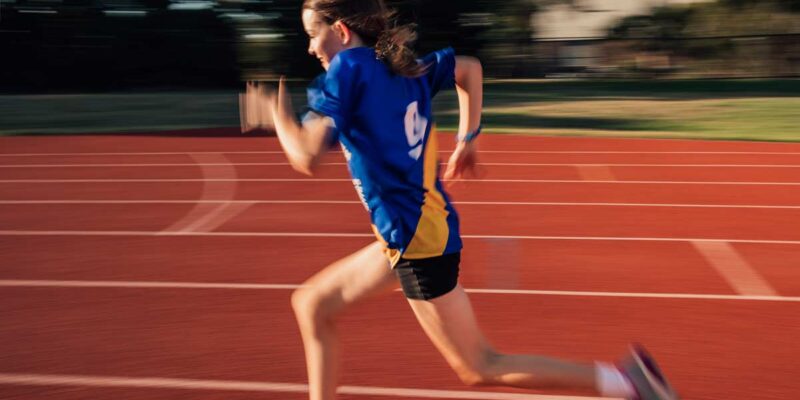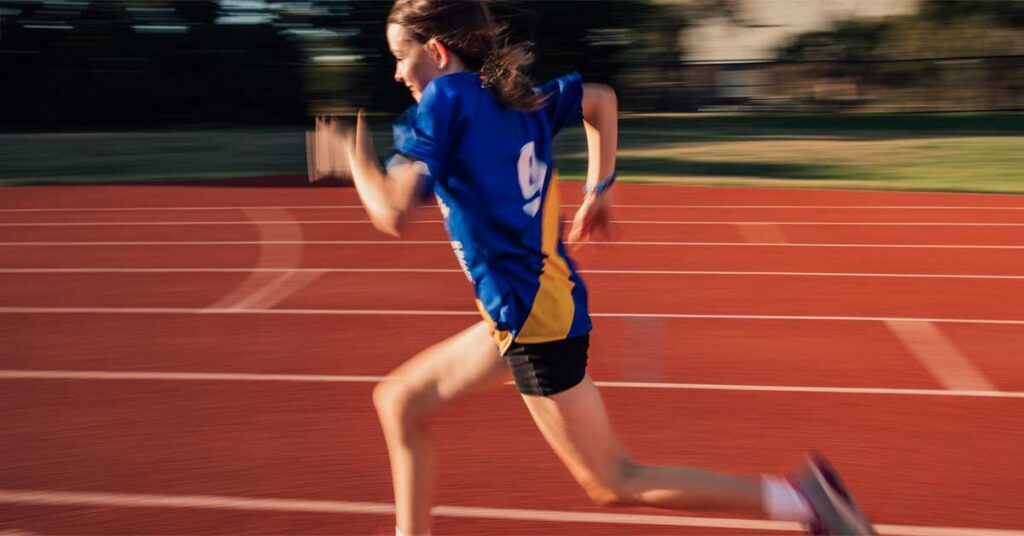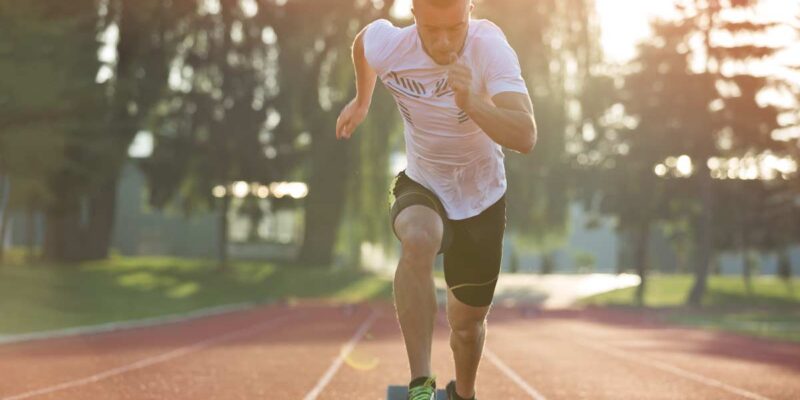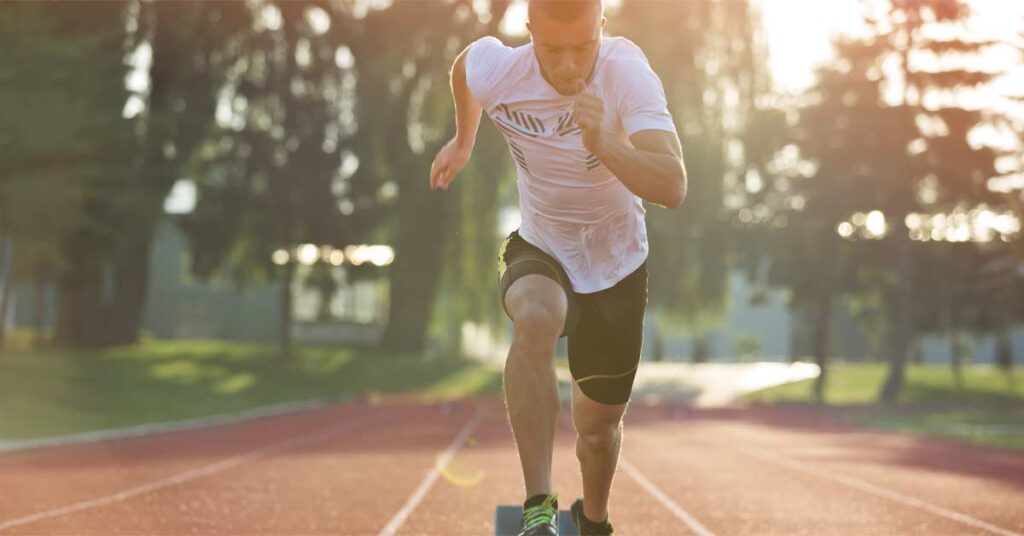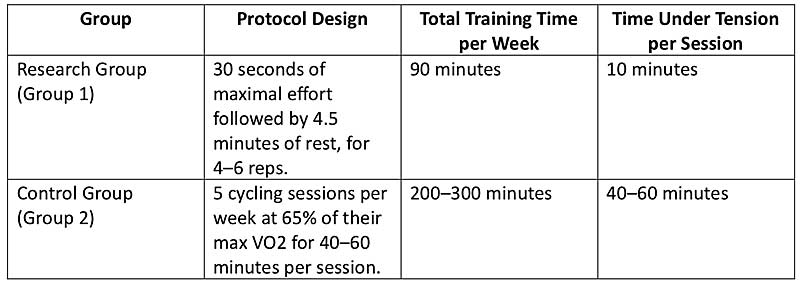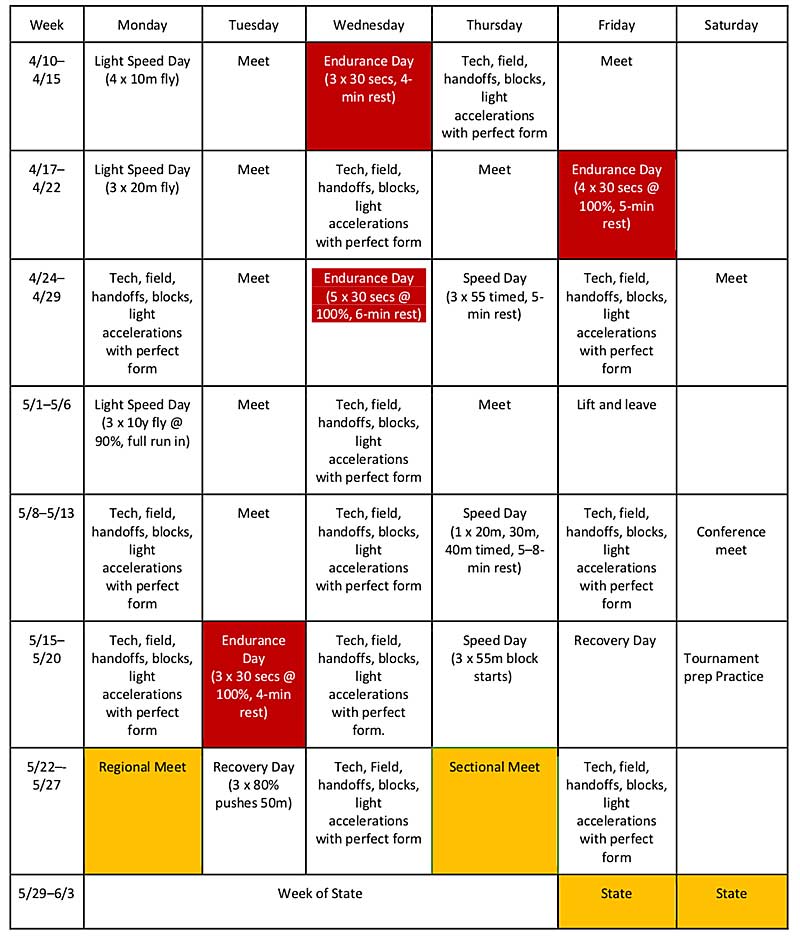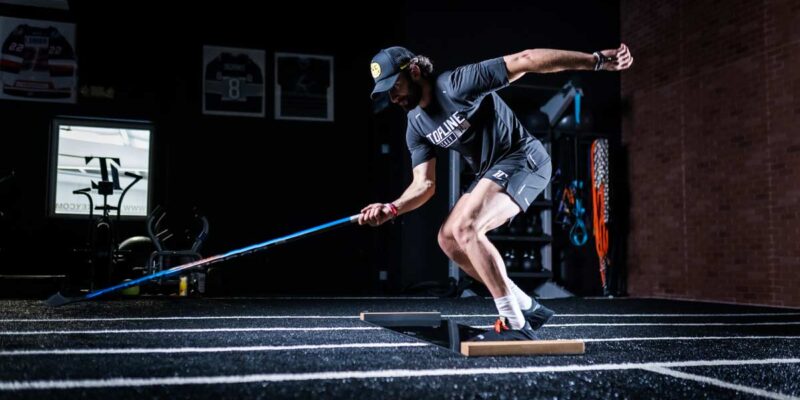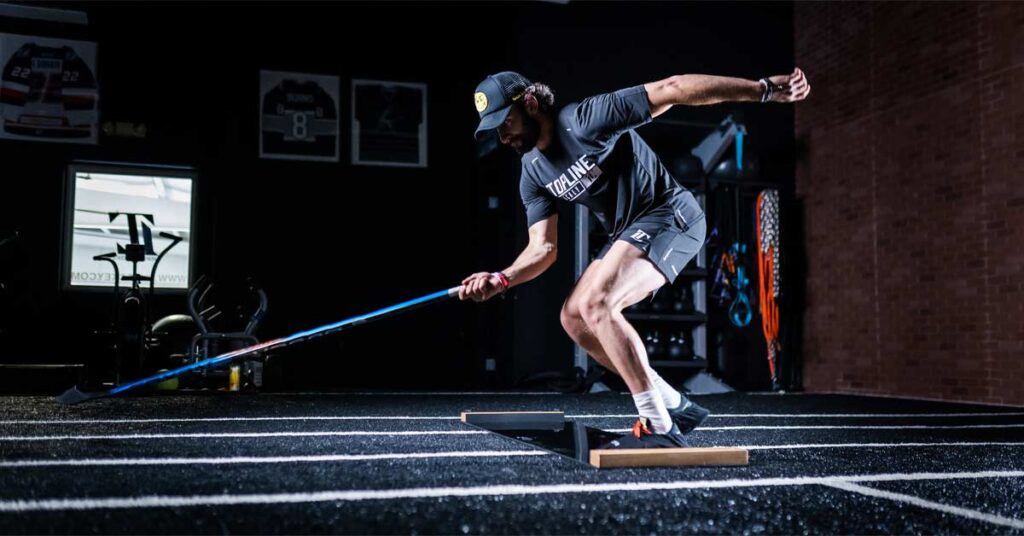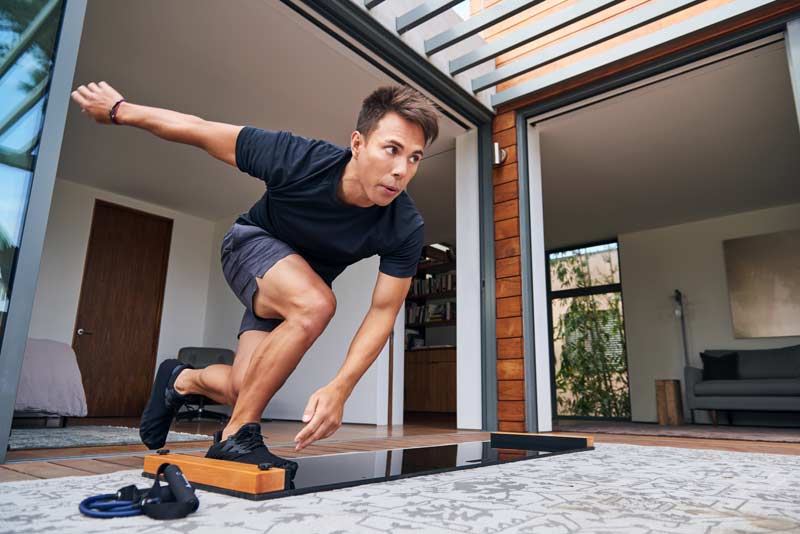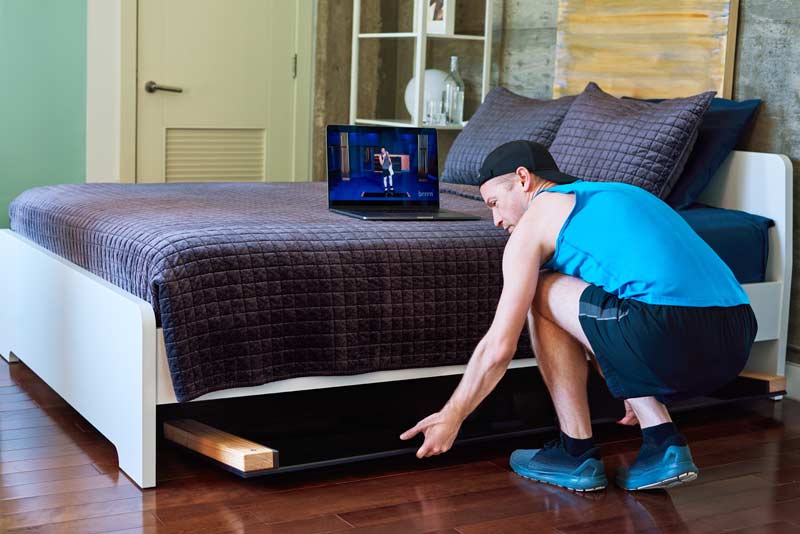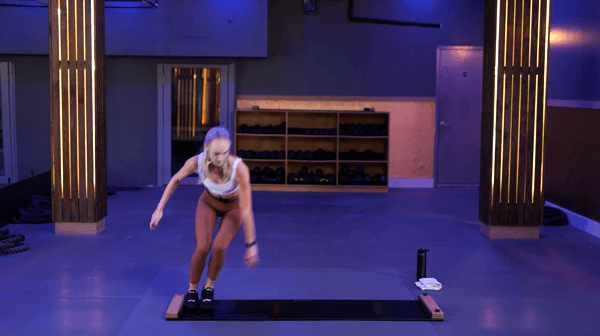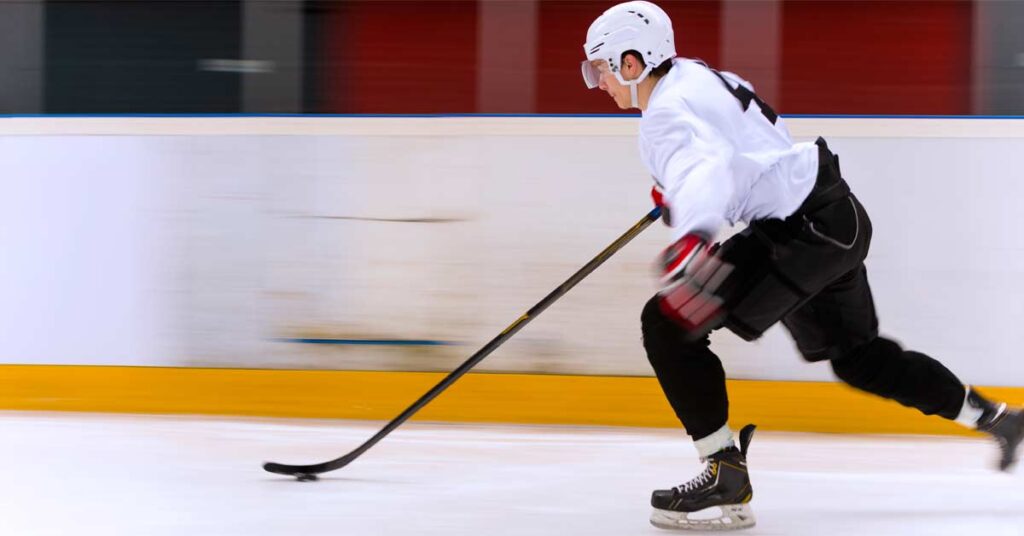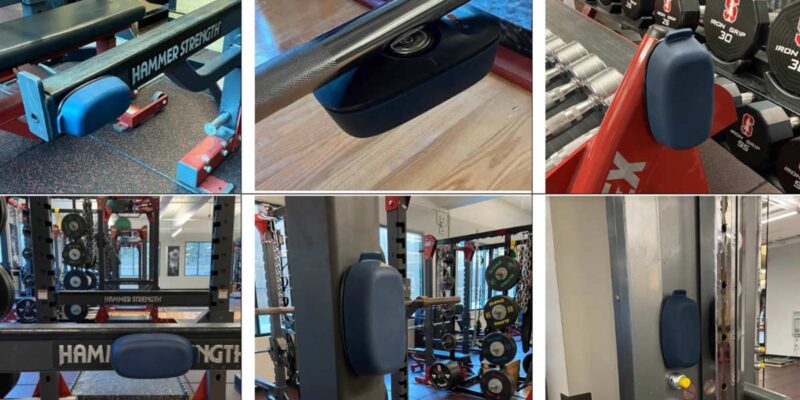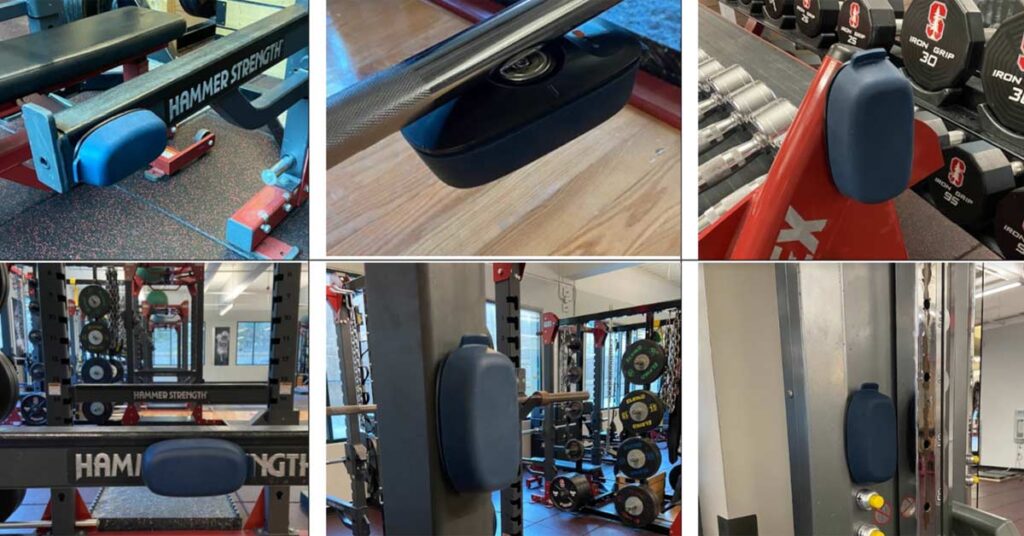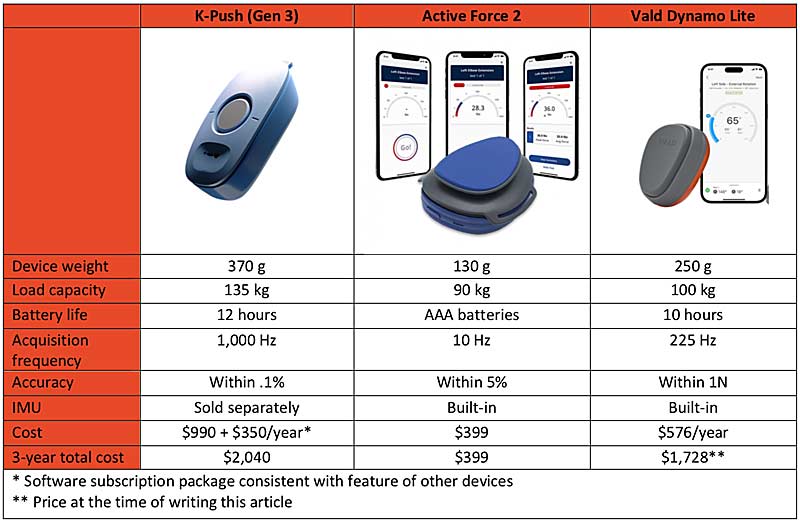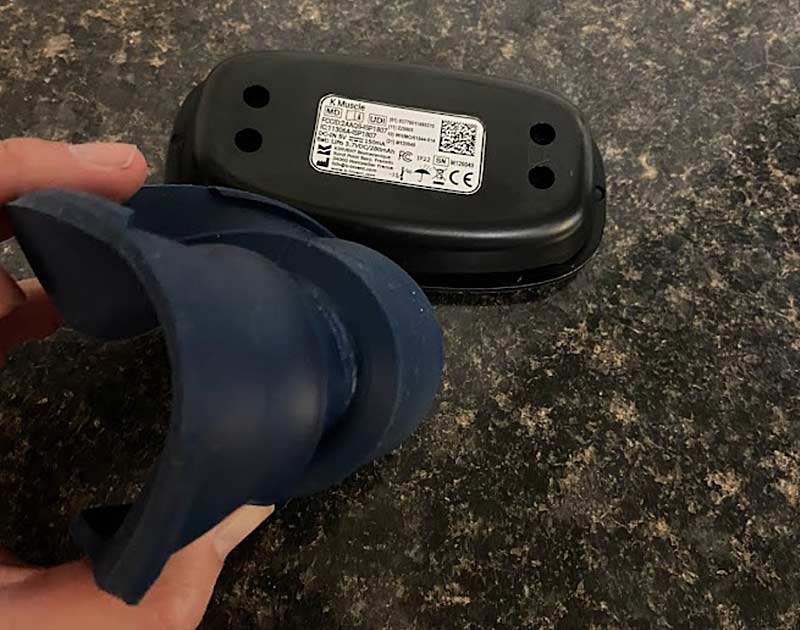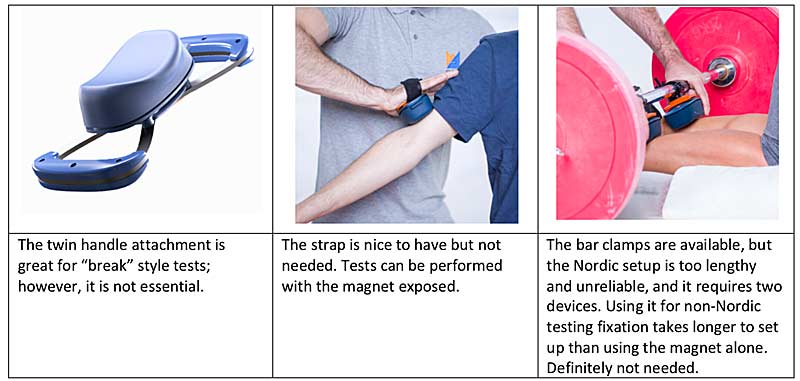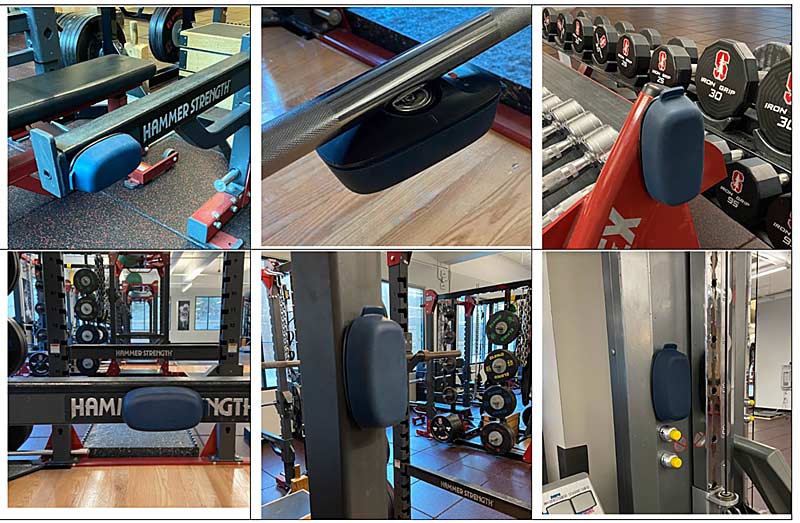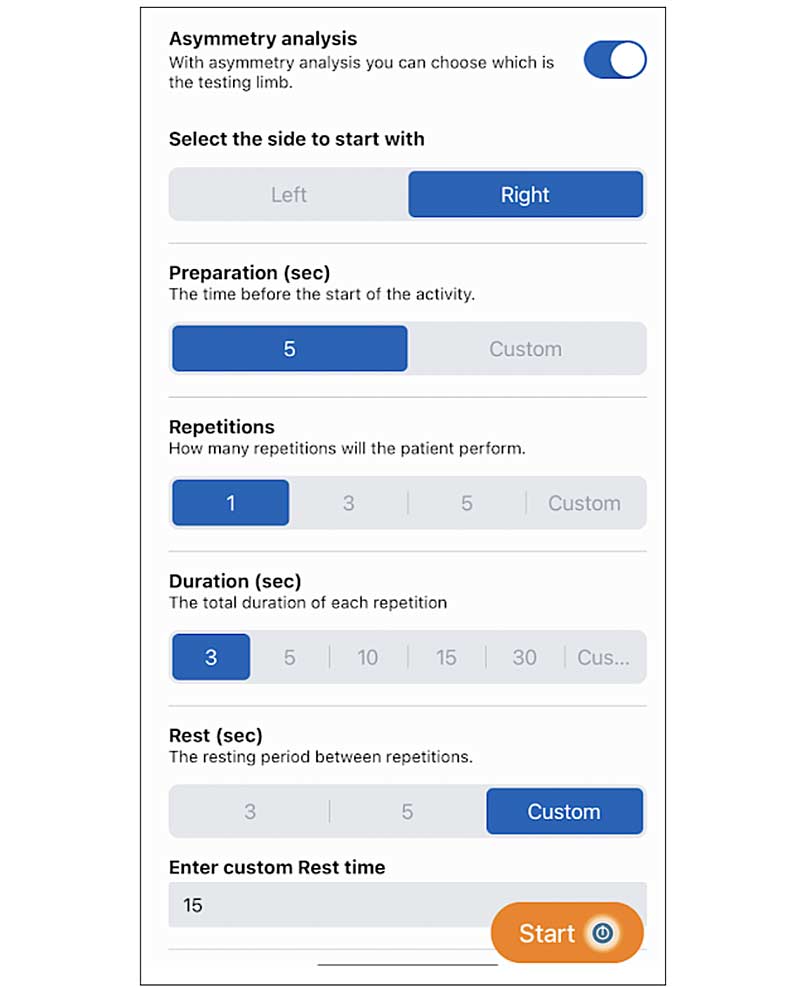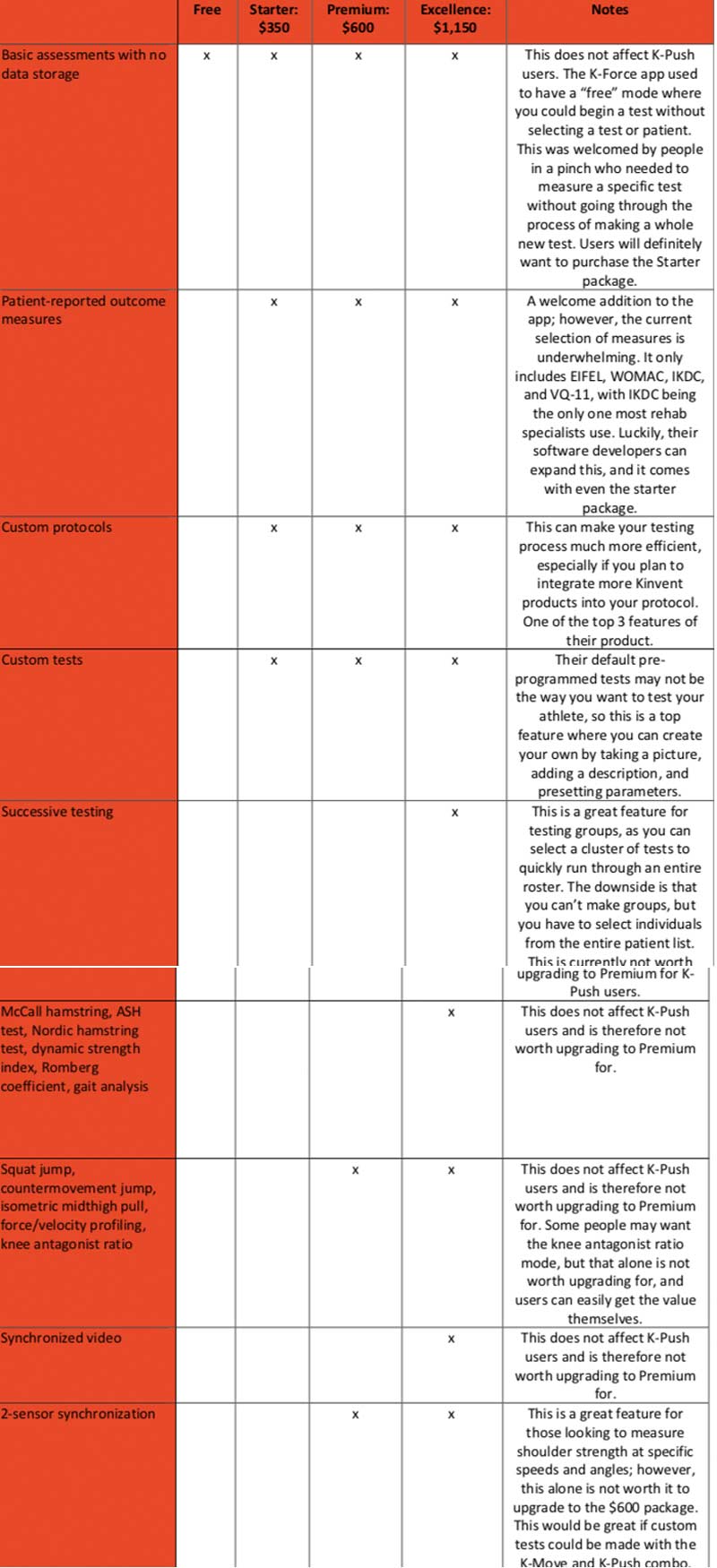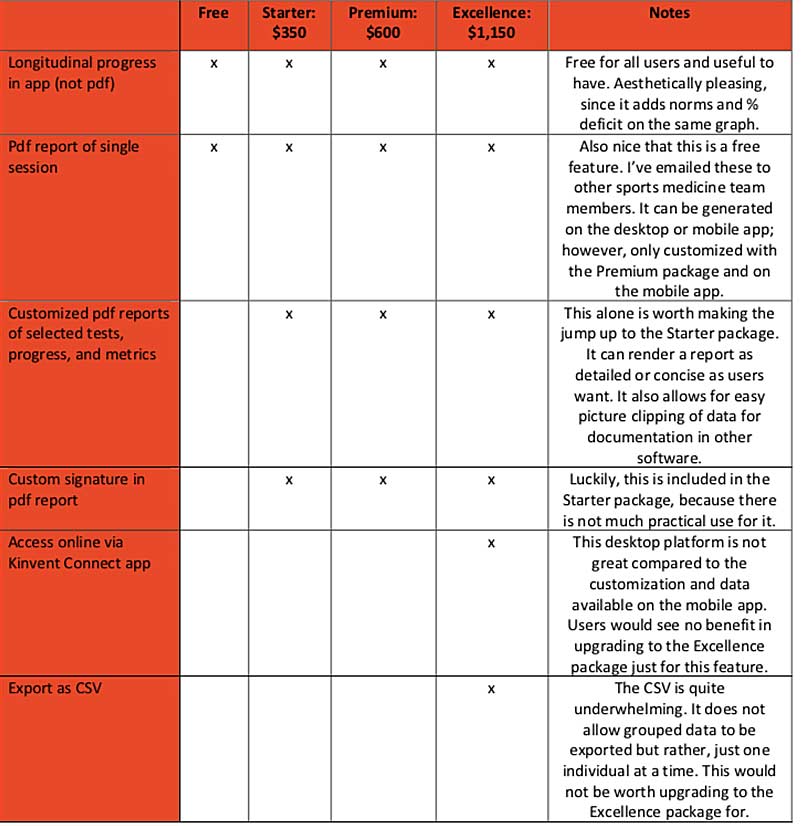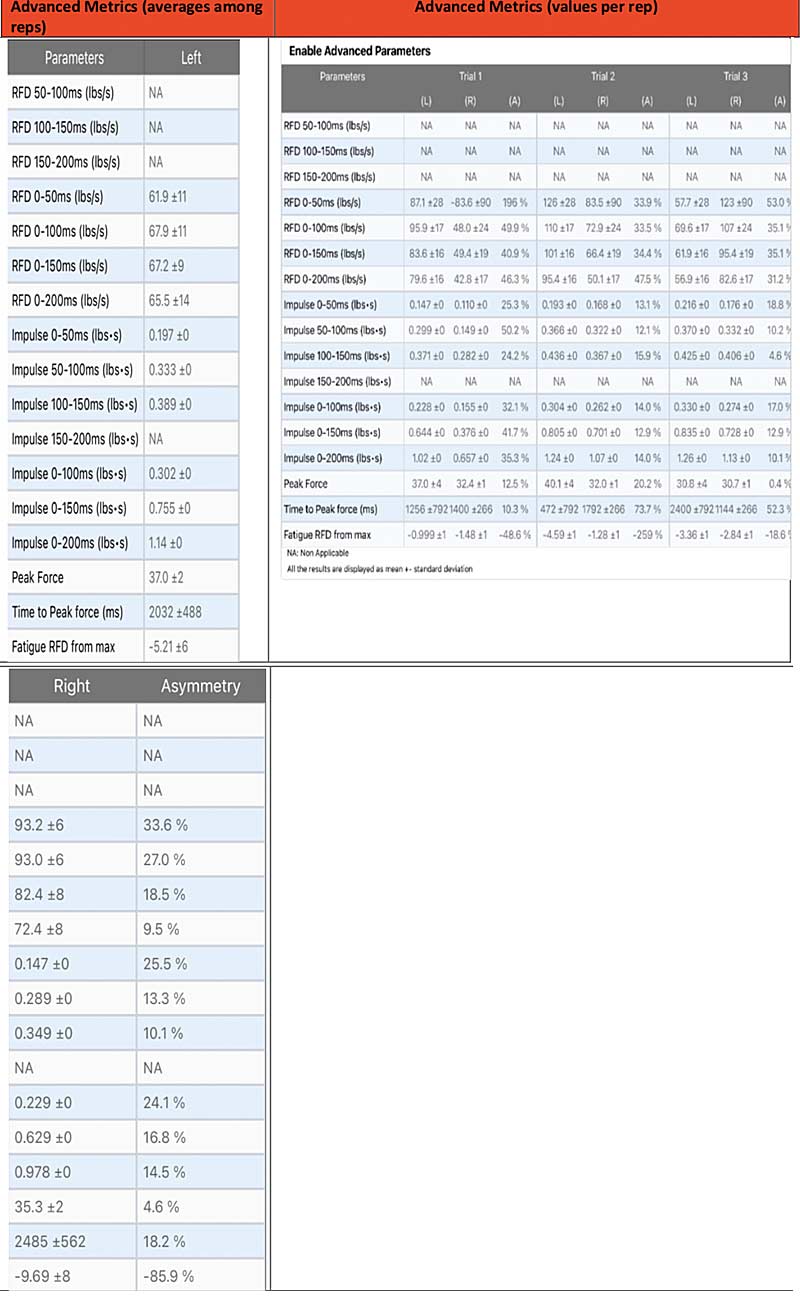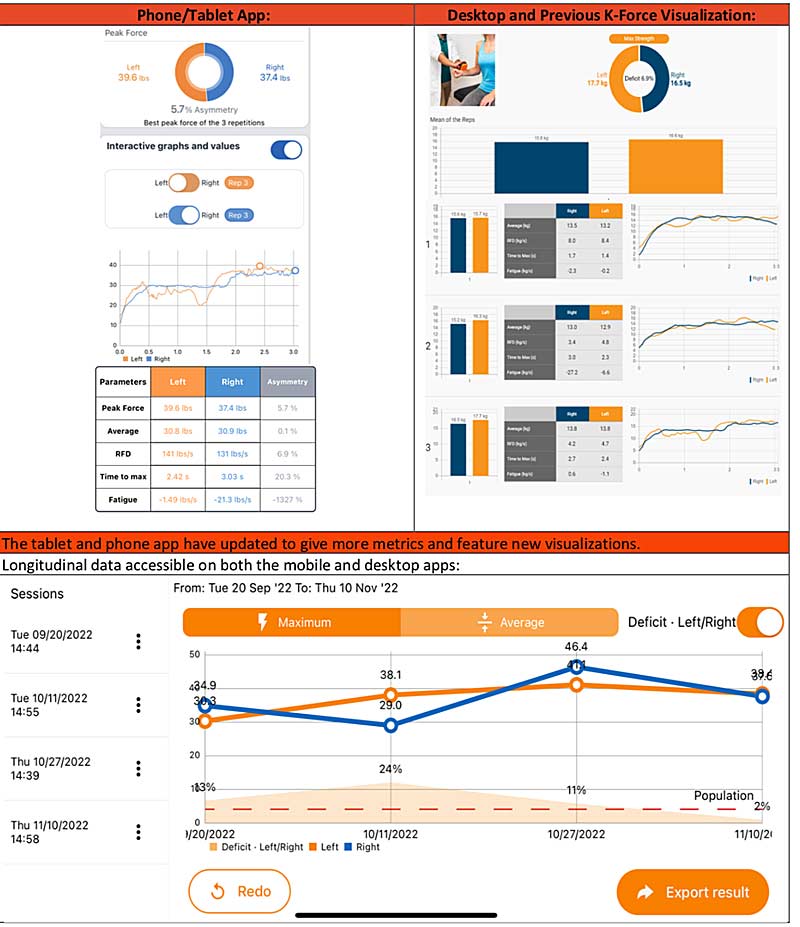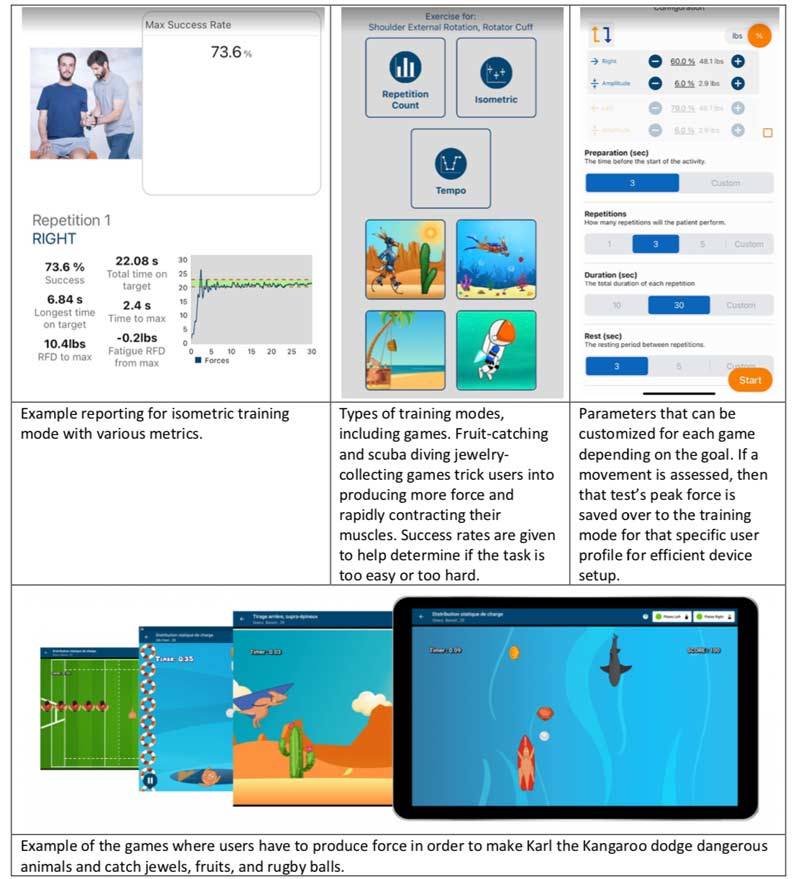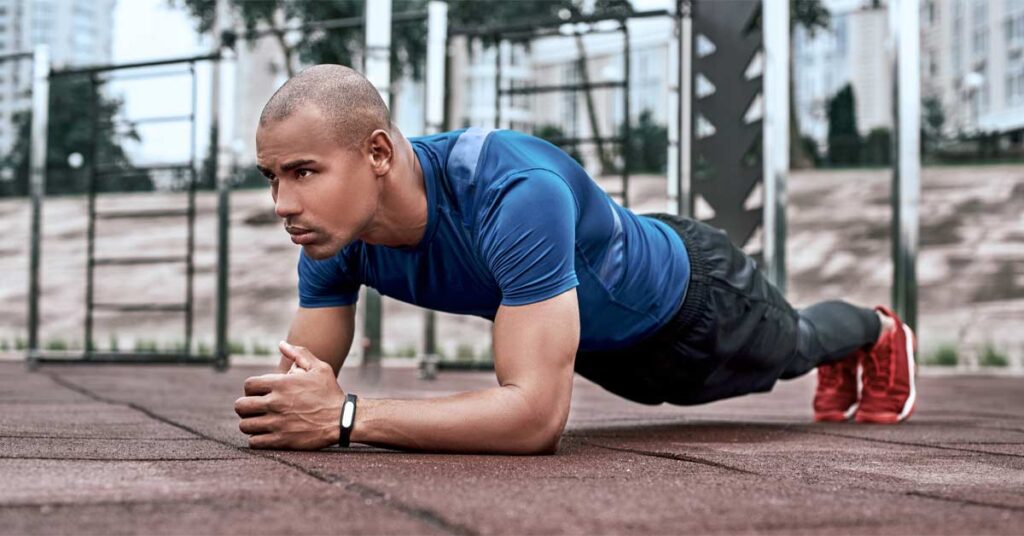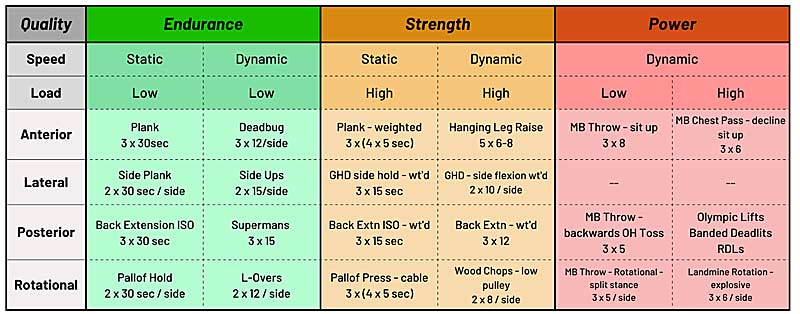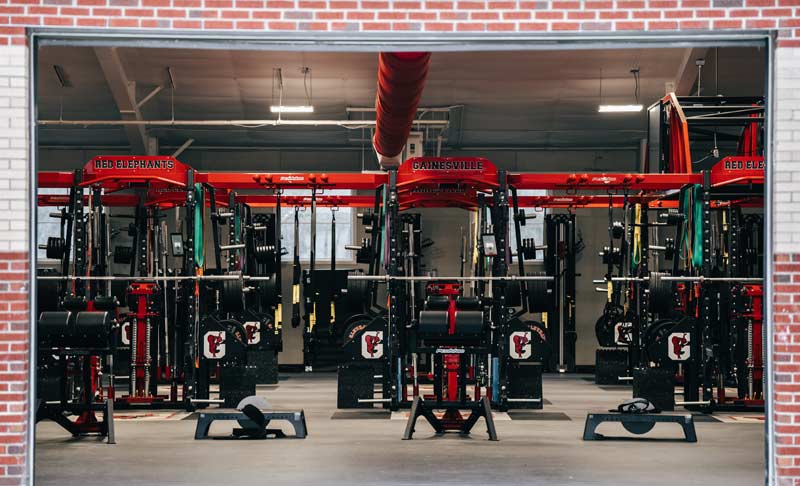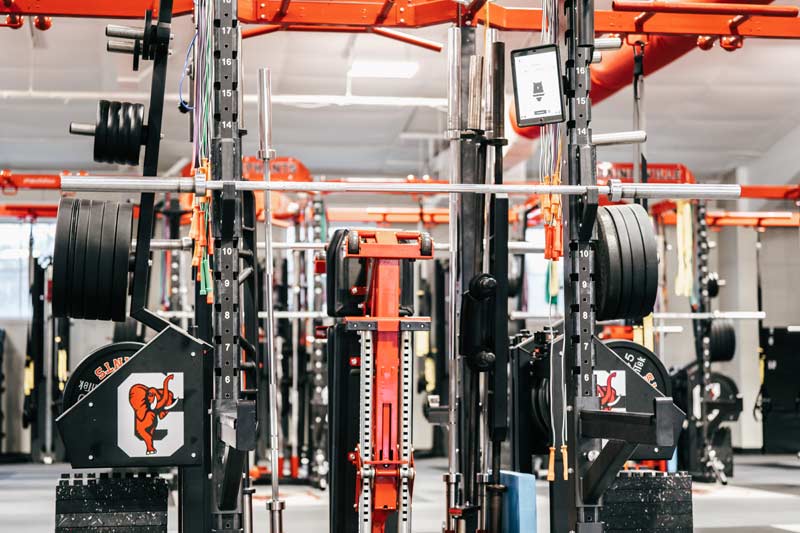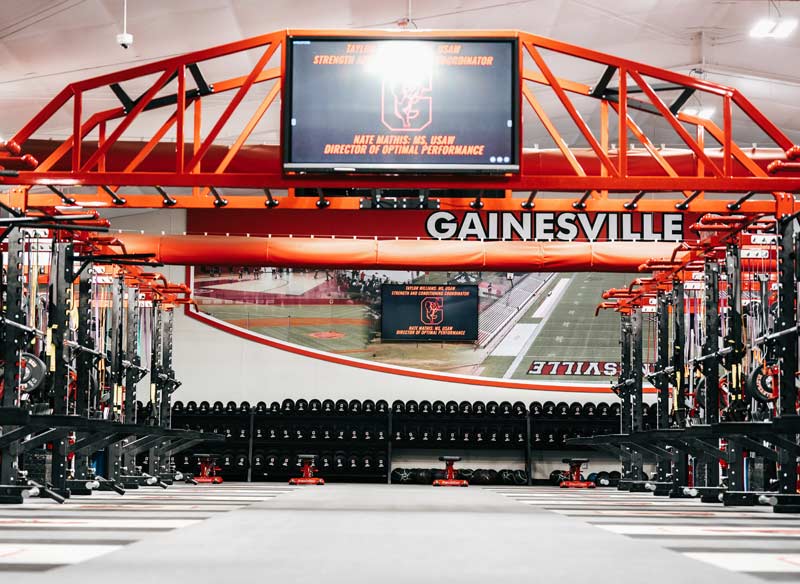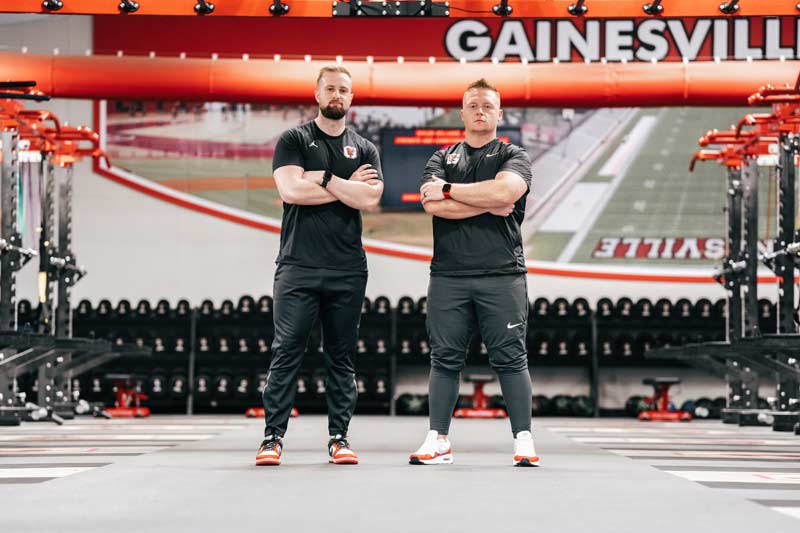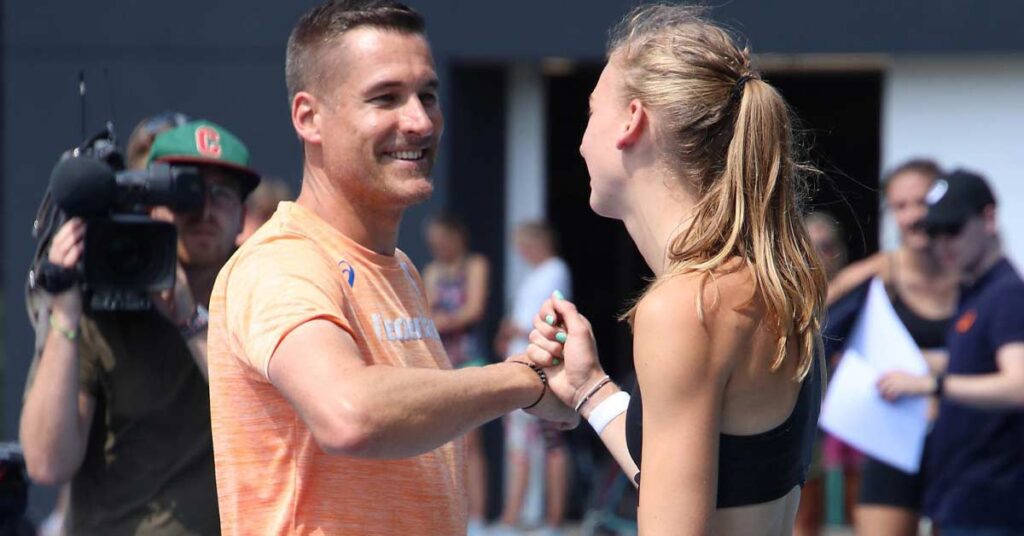
Laurent Meuwly is the Head Coach for sprint/hurdles and relays for the Netherlands. Before this, he held the same position in Switzerland for 10 years. He has been named Coach of the Year by the European Athletics Coaches Association. He is presently coaching the new 400m indoor world record holder, Femke Bol, and other world-class athletes such as Ajla Del Ponte, Lieke Klaver, Nadine Visser, Liemarvin Bonevacia, Anna Kielbasinska, Viktoriia Tkachuk, and the Dutch 4×100 and 4×400 relay teams (silver in Tokyo and in Eugene). Laurent had his first international success with Lea Sprunger (two-time European Champion and fourth in Doha).
Freelap USA: Dutch sprinting is in a very healthy state right now. What do you see as being some of the reasons for the success we’re seeing in the Netherlands in these events at the moment?
Laurent Meuwly: I think the success in the Netherlands is multifaceted.
My approach when I started in 2019 was to base the development strategy around the relays. For example, in Yokohama at the 2019 World Relay Championships, the women’s 4x400m team gained qualification for the World Championships in Doha later that year, where they went on to make the final. During 2020, the men worked hard and were rewarded with a silver medal in the 4x400m at the Olympic Games in Tokyo, where the women’s 4x400m team also made the final, and the mixed 4x400m relay team finished fourth.
This gave individual athletes their first opportunity to run in major finals on the global stage in the relays. When you’re at a global championship as part of a relay team, the pressure is less than it would be if you were there as an individual athlete. This allows the athletes to become more gradually exposed to the pressure of representing their country in an individual event in a major championship environment.
When they’re at a global championship as part of a relay team…it allows the athletes to be more gradually exposed to the pressure of representing their country, says @laurentmeuwly. Share on XI think an additional benefit of the setup being based around the relays is that it brought the majority of the best athletes in the country to come and train together. This creates a competitive training environment, helping to bring the best out of everyone in the group. When I started in the Netherlands, I had three athletes, and now I have 14 quarter-milers in the group. This was made easier because the Netherlands is a small country, but it was still important to create an attractive enough setting to have the athletes want to come and train in the same group. I think that the growth of the setup is in part due to the success of the relay program, but we also have a great support system in place with resources like doctors, physiotherapists, sports scientists, etc.—a combination that is attractive to the athletes.
In 2014, Switzerland hosted the European Championships, and Kariem Hussein won the 400m hurdles. I think this perhaps helped other Swiss athletes believe that this kind of success was possible for them, and subsequently, there’s been a lot more sprinting and hurdling success with the likes of Lea Sprunger, Ajla Del Ponte, and Mujinga Kambundji. I think a similar thing happened in the Netherlands when, in 2015, Dafne Schippers became World Champion and broke the European record.
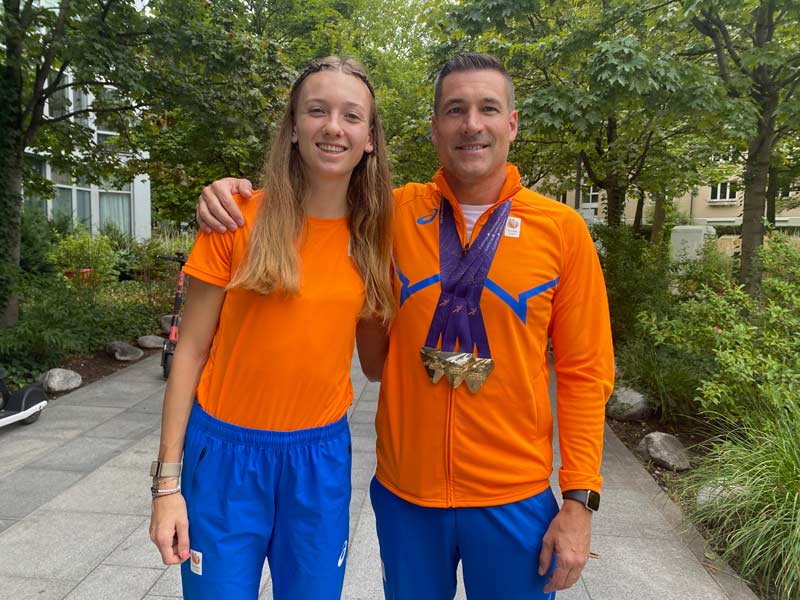
In my opinion, this had the same impact on Dutch athletes and made them realize it was possible to be competitive on the world stage instead of simply participating while the Caribbean or American athletes were taking the medals. The next cycle of the same thing is beginning to happen now, and Femke Bol’s performances are having the same impact on the current crop of European 400m hurdlers entering the senior ranks.
Freelap USA: How much do you use sports technology? Do you use resisted/assisted sprinting? Are you using technology to track metrics to help you assess whether or not an athlete is progressing as you would like?
Laurent Meuwly: I use quite a lot of technology with my athletes. We use Kistler blocks, which are big blocks that appear similar to the Omega ones used in the Diamond League. However, these blocks measure the force, direction, and speed from the moment of reaction to block exit, power, and contribution of the left versus the right foot. We also use OptoJump to measure stride length, stride frequency, and ground contact times and to, again, observe differences between the left and right sides. This has been helpful with athletes returning from injury—to see when conditioning levels are adequate enough for a return to maximal sprinting. We also combine the Kistler blocks and the OptoJump to get acceleration profiles for the athletes to help determine the optimal block settings.
We have a 1080 Sprint, which we use in both resisted and assisted sprints. This allows us to measure power for athletes at different resistances, and we can track progress as far as overspeed implementation goes. We also use laser measurements to provide instantaneous velocities during acceleration and maximum velocity development.
About 70% of the athletes I coach use a Whoop band. The data—such as sleep, heart rate variability, and resting heart rate—is automatically synced every morning to a database so the appropriate support staff can monitor the recovery status of the athletes. This data has allowed quite a few athletes to spot a virus a couple of days before they become symptomatic and therefore implement an intervention strategy, such as supplementing with vitamin C and zinc, etc., in an attempt to reduce the impact of the infection.
Freelap USA: You have spoken about classifying your athletes as diesels and flyers. Can you explain how you establish which athlete is which and how you may train them accordingly?
Laurent Meuwly: Very basically, this is a way to classify athletes who are more speed-based 400m runners, the flyers, and more endurance-based 400m runners, the diesels. A good example of each from my group of athletes would be Lieke Klaver, who is fairly speed-based, and Femke Bol, who is a lot more endurance-based.
A speed-based athlete needs to have their speed and strength at a high level to perform and to have the right cards to play when they compete. Likewise, an endurance-based athlete needs to be very efficient and have excellent speed endurance. It’s not possible to perform at a very high level if you have your strengths, but everything else is very weak, so a goal is also to limit the weaknesses. If your speed is a limitation, or your strength, or your endurance, we need to bring this parameter to a high enough level to allow for world-class performances, so we approach this with the strategy of maximizing the strengths and minimizing the weaknesses no matter if the athlete is a flyer or a diesel.
It’s not possible to perform at a very high level if you have your strengths, but everything else is very weak, so a goal is also to limit the weaknesses, says @laurentmeuwly. Share on XSo how do we do this?
We focus a lot on the strengths of the athlete, so we make sure the flyers are performing well in their speed training, race pace training, and strength training, and the diesels need to focus on their endurance, speed endurance, and efficiency. This being the case, the sessions sometimes look slightly different depending on the athlete’s classification.
Sometimes it is just the volume that is different. For example, while a flyer should shine in maximum speed work, they will do more of this, but if a diesel does too much speed work in one session, it might kill their nervous system for the rest of the week. Therefore, recovery times are something that must be considered when prescribing similar workouts to athletes from different classifications.
I think these classifications can be valid for short-sprint athletes as well. You have the very fast twitch athletes who have to train, recover, train, recover, and so on, and you need to be careful how much tempo these athletes do because they really rely on their fast twitch capacities, and these need to be recovered enough for them to perform well enough in training to get the adaptations we want. These athletes are really the 60m and 100m sprinters. Then you have the more 200m-dominant athletes who need to be good at speed endurance, and they need good general endurance to be able to afford the general training load and recover adequately from the training sessions.
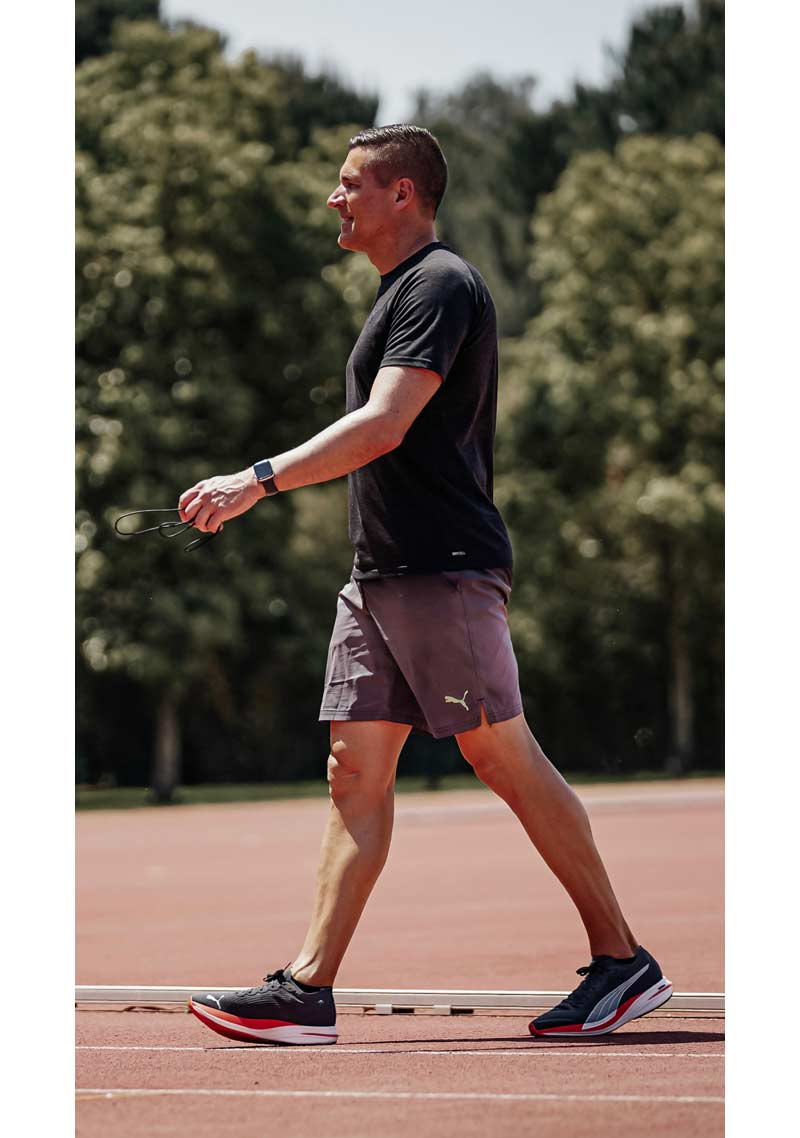
Freelap USA: Can you outline a typical training week during the specific preparation phase for your athletes and maybe give some examples of where this may vary for your diesels versus your flyers?
Laurent Meuwly: In our preparation phase, we normally have nine weekly training sessions based on a rhythm of 2, 1, 2, 1, 2, 1, 0. So that is two sessions on Monday, one on Tuesday, and so on, with Sunday being a day of complete rest.
Monday: Nervous system day.
- Morning – Speed. In a maximum speed session, the flyers may do 5x70m with 9–10 minutes rest, while the diesels do 3x70m with the same rest period but follow that up with 4x60m at 90%–95% with two minutes rest. This is because if a diesel and a flyer are at the same performance level, the diesel will never be able to hit as high a velocity, but they do need to be able to maintain a velocity at around their peak for longer. Therefore, this session becomes a mix of maximum speed and speed endurance work.
- Afternoon – Strength (compound lifts).
Tuesday: Aerobic endurance.
In the aerobic sessions, the flyers typically run more 200m or 250m reps, while the diesels do more 300m and 400m reps, which means they do greater total volumes. By doing longer rep distances, diesels play to their strength of being able to maintain their mechanics for longer than the flyers.
Wednesday:
- Morning – Speed endurance/race pace. We may do flying 100s, aiming for the time they would run for 100–200 meters in a 400m race. The flyers may do two sets of three reps, while the diesels may do two sets of four reps because their speed is a little bit lower and easier for them to repeat. Additionally, as mentioned before, they need to be able to maintain this speed for longer to finish the same 400m time as a flyer of the equivalent standard. For example, a flyer may have to cover that race segment in 11.2 seconds, while a diesel may only need to cover this section in 11.6 seconds.
- Afternoon – Strength-specific circuits, focusing on hip flexors and hip extensors (glutes, hamstrings). This is done with light weights or body weight with a lot of repetitions. For example, we may do two sets of 30 seconds of work with 20 seconds of rest between them and then rest for 90 seconds before moving on to the next exercise.
Thursday: Aerobic endurance.
Short sprinters use the bike for this session to save tendons, etc., but the 400m athletes generally run, depending on their health status. If, say, an athlete has Achilles issues, you need to measure the risk versus the benefit of what you’re doing. It may make sense to save those tendons for the most important sessions, and obviously, that’s the specific speed sessions and not the endurance part, so we can substitute in a bike, pool, or cross-trainer session for the endurance work.
A caveat to this is that the cause of the Achilles issues needs to be considered. This is because some athletes struggle with the general load, and these athletes tend to be okay with sprinting because, although the ground contacts are hard, they’re very short. You also have athletes who don’t feel anything when they’re in flats with elevated soles, but when they’re in spikes that don’t have a heel drop, they feel more pressure on the Achilles.
Very quickly, you realize it’s possible to transfer all this work from sprinting or running to another modality, and the athlete can maintain the same training rhythm, says @laurentmeuwly. Share on XBy substituting in the bike, pool, cross-trainer, and even the AlterG treadmill, many injured athletes can train every day. So on Monday, for the speed workout, they can be on the Wattbike; for the endurance session on Tuesday, they can be on the cross-trainer; on Wednesday, they can again be on the bike, doing 20–30-second efforts with 90 seconds of rest; and back on the bike or cross-trainer on Thursday; and so on. Very quickly, you realize it’s possible to transfer all this work from sprinting or running to another modality, and the athlete can maintain the same training rhythm.
You can also use this time to work on some weaknesses, whereby that wouldn’t be the emphasis if the athlete were healthy, and you can sometimes end up with an athlete coming off injury better than they were before!
Friday:
- Morning – Acceleration while the hurdlers hurdle.
- Afternoon – Strength (compound lifts).
Saturday: Hills/special endurance (lactic capacity > lactic power).
Freelap USA: You include a good amount of over-distance and aerobic volume in your training. Can you outline what you see as being the benefits of this?
Laurent Meuwly: I think this is a big difference between our program and many other programs because we do a lot of aerobic work. For example, the 400m athletes may have some sessions where they run 8–9 kilometers by the time warmups and cooldowns are accounted for. The athletes may start with three sets of three minutes of progressive jogging with 90 seconds to two minutes rest, followed by mobility and activation exercises, which may be followed by some kind of stair running. Then they may do 12x300m with 45 seconds of rest, and this kind of session can take place twice a week. Work similar to this is also something we maintain in our program throughout the season.
Good aerobic development allows for capillarization and enhanced blood flow and recovery, enabling the athletes to make it through the season and recover between competitions, says @laurentmeuwly. Share on XGood aerobic development allows for capillarization and enhanced blood flow and recovery, not only between sessions but also to enable the athletes to make it through the season and recover between competitions. Good endurance is a part of general conditioning and is required to be prepared for large training loads. You cannot just sprint and strength train and think this is enough if, in a championship, you need to complete three 200m races in three days. This kind of work, on its own, will not prepare you enough to perform optimally.
In addition, I also believe there are benefits with regard to the efficiency of running and ensuring that soft tissues such as tendons and ligaments are adequately prepared.
Since you’re here…
…we have a small favor to ask. More people are reading SimpliFaster than ever, and each week we bring you compelling content from coaches, sport scientists, and physiotherapists who are devoted to building better athletes. Please take a moment to share the articles on social media, engage the authors with questions and comments below, and link to articles when appropriate if you have a blog or participate on forums of related topics. — SF

